Table of contents
Do you know what the astrological houses are?

Astrological interpretation is based on three components: the planets, the signs and the astrological houses. The signs could be interpreted as 12 ways of facing life, while the planets can be read as temperaments, our most instinctive desires, those things that we naturally do and often don't even realize we are doing.
The astrological houses, in turn, show the areas of our life. It is as if we understand the planets as what is happening, what attitude we can expect. The signs show how these attitudes arrive and the houses show where everything will happen. Do you want to know more about the houses? Keep reading this article.
Understanding the astrological houses
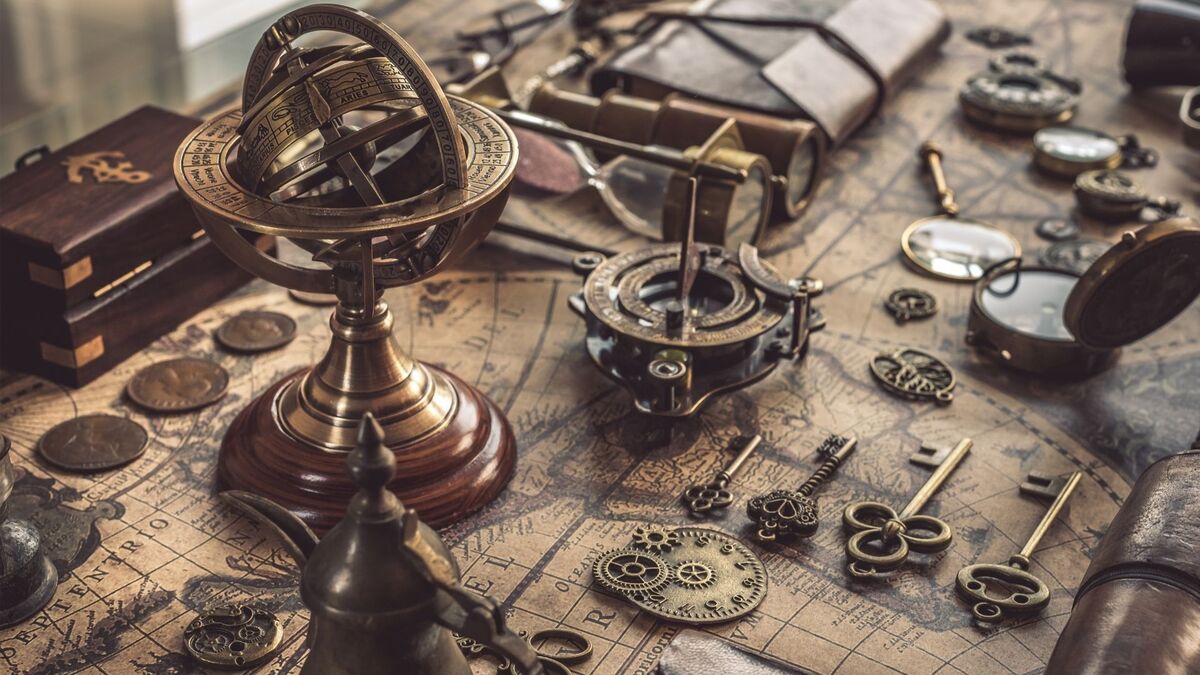
The astrological houses are a fundamental part of astral interpretation. They are one of the three pillars on which the astral mandala rests. Each of the astrological houses brings an area of our life to the focus of the analysis.
The more populated with planets a house is, we can understand that more astral elements will be influencing that house. Thus, that area of our life will be the one that will bring more challenges. House 1 will tell us about how we show ourselves, it talks about us.
The 2nd house brings aspects of money and material things, possessions. The 3rd house talks about concrete communication, and the 4th house talks about the family of origin, about our home. The 5th house talks about expressing ourselves, about fun, while the 6th house talks about daily life, work, routine. The 7th house talks about relationships, the 8th house talks about how we share the money, it also talks about death.
The 9th house connects with philosophies and religion and the 10th house shows how we want to be seen, what we want to be admired for. The 11th house is where we learn how we function in a collective and finally, the 12th house brings aspects of the unconscious, but also our total perception of being part of a whole. Understand a little more about the astrological houses in the continuation of this article.
Fundamentals
Many visions of astrology bring a more external and material aspect to the interpretations of the aspects we find in the sky. Taking into consideration that the human being is a being formed by layers and more subjective layers, we can already imagine that this interpretation does not contemplate all the aspects of a complete astrological interpretation.
So, if we look at negative aspects in the 4th house, like Saturn, for example, we can say that the subject had childhood problems with his mother or father. But this house speaks of family in a more subjective sense, meaning what we were formed from. The native with this aspect may not feel nurtured in some way, may feel inadequate, as if he did not belong.
In addition, the planets put a filter on the way we see things that present themselves, we can say that the day is rainy for two people and they may react in a completely opposite way. The Astrological Map and Astrological Houses are just that, a map that explains where things are and tries to help us understand how we function.
Understanding the Astrological Map
Astrologers needed a structure where they could organize the stars and understand them, so they divided the sky into sectors. Then we have firstly a spatial division, which tells us about the signs. Secondly, a division by time, the rotation of the Earth affects its relationship with the planets around it, which gives rise to the horoscope, which is an organization of the signs throughout the year.
Thus, we are considering the sky and its moving elements, as well as the Earth itself, with its movement within astral space. For these different angulations, the division of the astrological houses was created.
When an individual has a sign occupying the westernmost point of the sky (Ascendant) and on the other side of the sky we have the sign that sets in the west (Descendant), drawing a line from one to the other, we have the horizontal axis of the Astrological Chart. In the center of the sky, at the highest point, we have the Midheaven and on the other side the Bottom of the Sky.
Similarly, if we draw a line from one to the other, we have the vertical axis which cuts the Astrological Mandala. These axes help many other divisions and groupings of the mandala, and the horizontal axis is indispensable for astral interpretations.
Influences of the planets in the houses of the zodiac
The planets are alive, they rotate through space moving and emanating their powers and their energies. This energy spreads throughout space, reaching the Earth. In the same way that the stars affect many aspects in our collective, it also affects us individually.
Each of the planets has its own characteristics and they throw these aspects into our life at the moment of our birth. Uranus, for example, is a planet that is recognized for spinning around the Sun on a different axis than all the others, therefore, the Astrological Houses where Uranus touches represent sectors of life in which the native will be able to innovate and think differently from other people.
How to know your astrological houses?
The Astrological Map is the way to read and create the sky that was above us at the moment of our birth. To recreate this scenario it is necessary the complete name of the person, the place and time of birth. With this data it is possible to create the Astrological Map and see how the planets, signs and Astrological Houses were positioned.
To make the Astrological Map it is possible to consult an astrologer, but there are also several free tools on the internet that deliver a map without commitment. The interpretation of all the meanings is already a more complex information usually provided by astrologers. But it is already possible to find many fragmented meanings and little by little it is possible to get to know the map.
Methods for analysis of the astrological houses
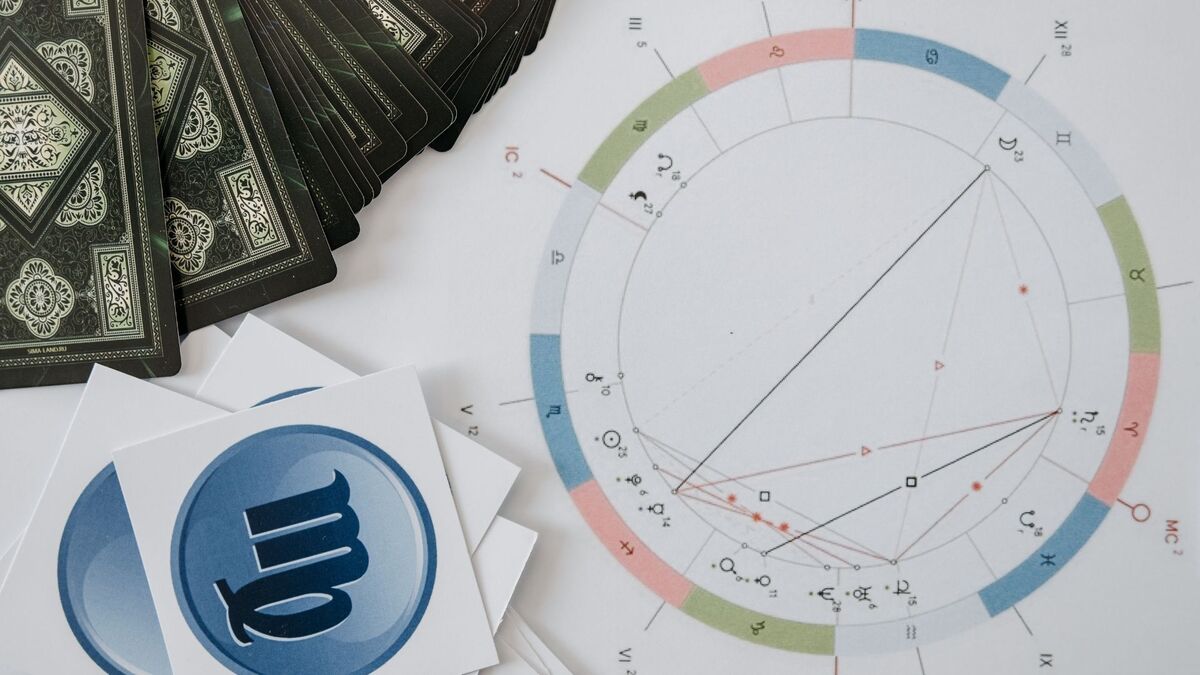
There are different ways to interpret an Astrological Chart, several methods have been created throughout history. In this context, space and the stars have always been objects of great interest, so studying the sky is something present in our history and touches our own existence. Among all the systems available, we bring some of the most important in this article.
The Placidus Method is one of the most used nowadays, we also have the Regiomontanus, still widely used by astrologers in Europe, and the System of Equal Houses, which is one of the most simplified mathematically speaking. To know a little more about these systems of interpretation of the Astrological Houses, see below.
Placidus Method
The Placidus System is the method of analysis of the Astrological Houses most used today. The origin of the method is not very certain. Although its name refers to the monk Placidus of Titus, the basis for calculations was created by the mathematician Magini, who was based on Ptolemy. It is a method based on complex calculations
The Houses, according to Placidus, are not spatial but temporal objects, since it is a method based on the measurement of movement and time. Placidus argued that the Houses, like life, possess movement and develop in phases. Therefore, he considered the movement of the astral elements in his divisions. There is, however, a problem in the regions beyond the Arctic circle, where there are stars thatnever rise or set. Above 66.5 degrees many degrees never touch the horizon.
Finally, it was a method that brought a lot of controversy when it was presented, raised questions that still circulate in some groups. But it became popular when an astrologer, Raphael, published an almanac that included a table of houses of Placidus. Despite the recognized flaws, it is one of the most used methods for interpretation.
Regiomontanus method
Johannes Muller, also known as Regiomantanus modified, in the XV century, the Campanus System. He divided the celestial equator into equal arcs of 30º, and projected them on the ecliptic. Thus solved a very serious problem of Campanus, which was distorting the astrological houses in higher latitudes.
In addition, it gave more emphasis to the movement of the Earth around itself, rather than around the Sun. It is still a method widely used by astrologers in Europe, but it had its greatest popularity until 1800. According to Munkasey, systems like Regiomontanus give the chart a lunar influence. Which would mean that some subconscious characteristics are considered in the development of thepersonality.
Equal Homes Method
The Method of Equal Houses is one of the oldest and most popular. It divides the twelve astrological houses in 30° each. It begins with the Ascendant, it is not perpendicular to the horizon, so the horizontal axis of the chart will not always coincide with the cusps of the 4th and 10th house.
It is a method that stands out for being mathematically simple, it does not have the problem of intersecting houses and facilitates the discovery of aspects. Many professionals in the medium adopt and appreciate the method for its simplicity, while others point out that this method gives too much emphasis to only the horizontal axis, neglecting the Middle and Bottom of the Sky, consequently the destiny of the person.
Other methods
Some other systems of interpretation are the Campanus Houses, developed by Johannes Campanus, a mathematician of the 13th Century. He accepted that the cusps were in Houses 1, 4, 7 and 10, but looked for another reference besides the ecliptic. In it the position of a planet in relation to the horizon and the meridian of birth had more importance than the planet's ecliptic position.
Another system would be Koch, which bases the astrological houses through the place of birth. It is based on a time aspect and evaluates the placements according to the Ascendant and the place of birth. Like Placidus, it also has flaws beyond the polar circles.
There is also the Topocentric System of Houses, which would be the most improved one by Placidus. It starts from a study of the nature and the time of the events. He also owns a complicated mathematical calculation, but tests conducted for over 15 years point out that it is a great system to determine the time of the events. He doesn't suffer with the problems in the houses of the Arctic regions.
Hemispheres in the analysis of the astrological houses
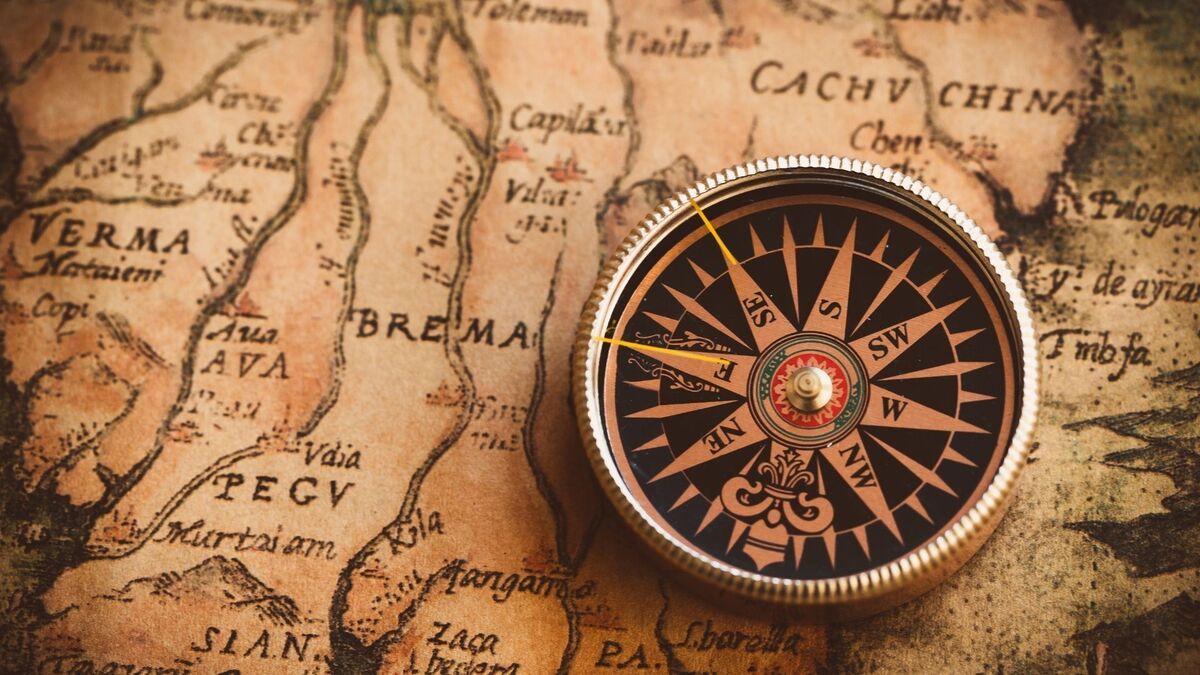
The division of the Astrological Chart happens beyond the Astrological Houses. They can also be grouped in Hemispheres, they are: Northern, Southern, Eastern and Western Hemispheres. These hemispheres would be groups of certain areas of our life, they represent certain aspects that can be grouped in some way.
The number of planets that inhabit one hemisphere or another helps us to identify where we will have more astral influences, in which areas we will have more agitation and more aspects of attention. Thus, in an Astrological Chart analysis, it will be concentrated in these areas the attention to read, because many aspects will be the ones that influence. Read on to understand the specific aspects of each oneof those hemispheres.
North
The horizontal line divides the Astrological Chart into Northern and Southern Hemispheres. The Northern Hemisphere is located in the lower part of the mandala. These are the Astrological Houses 1, 2, 3, 4, 5 and 6. They are the Houses more connected to the development of the individual. They bring questions more in line with identity, the search for the self. They are recognized as being the personal houses.
South
The horizontal line divides the Astrological Chart into Northern and Southern Hemispheres. The Southern Hemisphere is located in the upper part of the mandala. These are the Houses 7, 8, 9, 10, 11 and 12. They are Astrological Houses which explore more the relationship of the individual with society, the relationship he/she has with the rest of the universe. They are recognized as the Collective Houses.
East
The vertical line divides the Astrological Chart into the Eastern and Western Hemispheres. The Eastern Hemisphere, also known as the Oriental Hemisphere, is formed by the Astrological Houses 10, 11, 12, 1, 2 and 3. If this side of the chart is more inhabited by planets, it is expected that the native will be a more independent, secure and self-motivated person.
Moreover, they are people who find their willpower within themselves, they act on their impulses, on their own desires and do not need so much a reward from the outside world. They have the need to feel free to pursue their own wills and feel that they are in charge of their life.
West
The vertical line divides the Astrological Chart into Eastern and Western Hemisphere. The Western Hemisphere, also known as the Western Hemisphere is formed by the Astrological Houses 4, 5, 6, 7, 8 and 9. If this side of the chart is more inhabited by planets, it is expected that the native will be a person more dependent on other people or external motivations.
These are people who function best when there is someone telling them that their ideas are good, or that they are on the right track. They can also be completely based on other people's values, feeling a certain difficulty in believing and investing in their own wills.
Division of the astrological houses
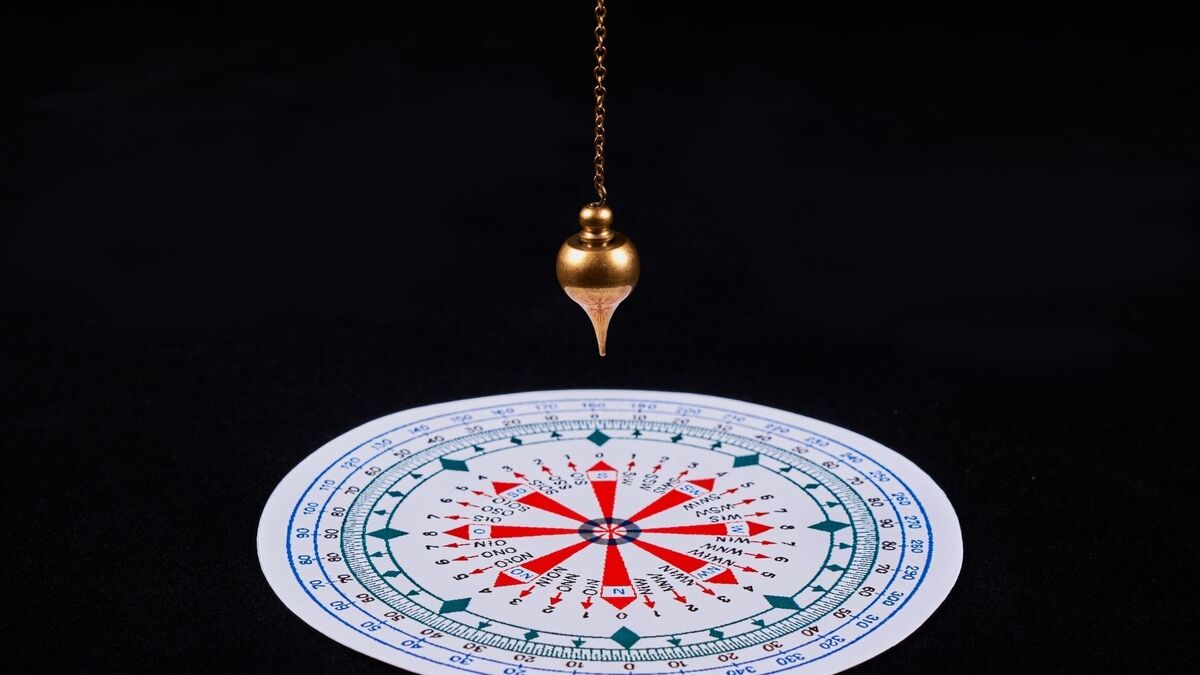
The Astrological Houses form another grouping and can be classified as: Angular, Succedent and Cadent Houses. The Angular Houses are the ones positioned right after the four angles, they are: 1, of the Ascendant, 4 also known as the bottom of the Sky, 7 which is the Descendant and 10, the Middle of the Sky.
These Corner Houses are the center of our great dilemmas, these conflicts generate an energy that passes to the Succeeding Houses, which in turn work on the result of this first transformation, as if it were the gross result of the transformation.
The "Cadent Houses", in turn, will polish what the Succedent Houses extracted from the Corner Houses. The Cadent Houses reorganize symbols and meanings, they are the ones that transform values and from there decide how and what we will change in our lives. Learn a little more about them in the sequence of this article.
Angular houses
The Angular Houses are formed by the Astrological Houses 1, 4, 7 and 10. They are responsible for our great dilemmas. In them there are oppositions of signs which cause paradoxes, which often seem to have no solution.
These Houses also correspond to the Cardinal signs, which generate or stimulate the creation of energies, which are Aries, Cancer, Libra and Capricorn. The same combustion that is expected from the signs can be expected from the Houses, as they have the same energy as the signs.
In this sense, the 1st House will bring aspects about our personal identity, the 4th House will bring aspects about our family of origin, about our relationship with our roots, the 7th House talks about our personal relationships and the 10th House brings characteristics of our Career.
While the 1st House talks about who we are, the 7th House talks about how we relate to the other, hence a possible dilemma: how much am I willing to give of myself for the other?
Successor Houses
The Succeeding Houses are responsible for consolidating the energies generated in the Astrological Houses called Angular. The Succeeding Houses are represented by the Signs Taurus, Leo, Scorpio and Aquarius. The 2nd House is responsible for giving more substance to the perceptions we have in the 1st House about our personality.
Already in the 4th house we have a more refined notion of our Self, mainly in contrast with our family of origin, but it is only in the 5th house that we manage to bring this change into the concrete world and begin to express who we really are. In the 8th house we go a little deeper into ourselves, based on the relationship confrontations we experienced in the 7th house.
In the 10th House we expand our understanding of ourselves in social life, and then in the 11th House we can expand our identity in relation to others. Like the Corner Houses, the Succeeding Houses also create oppositions among themselves, so that our questioning may take us forward, getting to know ourselves more and more.
Falling houses
The "Cadent Houses" are Astrological Houses that reorganize values obtained from experiences in the previous houses of the same quadrant. In the 3rd house, we synthesize the discovery of the "I" (House 1) and our relationship with the environment (House 2), to put us in contrast with those who surround us, which could be interpreted as a contrast between the "I" and the environment.
On the other hand, in the 6th House we evolve the transformations expressed in the 5th, we polish our discovery. The Houses 3 and 6 have a common point, they talk about our search to find our differences in relation to the outside world. Both Houses help us to understand in what way we stand out and differentiate ourselves from what is around us.
In addition, the 9th house is where we have a deeper understanding of our own laws, the ones that govern us, and where we seek the concepts by which we will conduct our lives. Finally, the 12th house is the place where we dismiss the ego and unite with the collective, we understand our place in something that is beyond ourselves.
What are the astrological houses
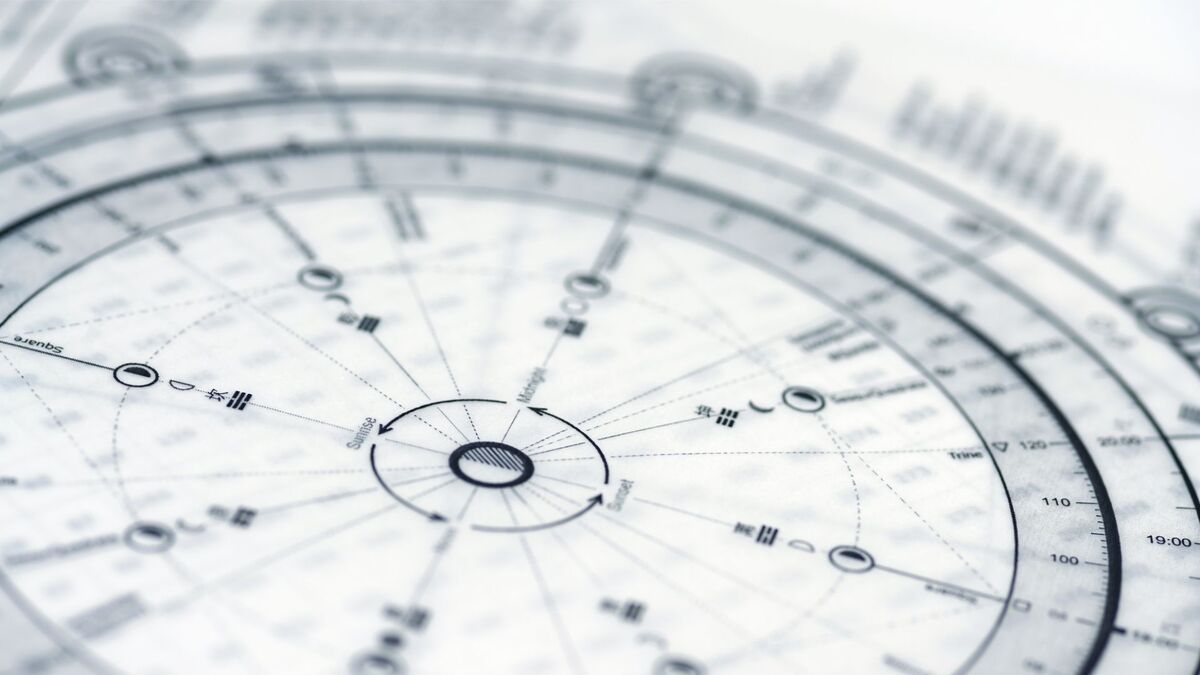
The Astrological Houses correspond to sectors of our life, but they do not work individually, they relate to each other, complement and support each other in order to generate the completeness that we are.
Some Houses bring more clarifications about some aspects of our life, so that the next House may base itself on them and be able to deepen even more in ourselves, so that we may understand our particular function and from there we may deliver to the collective what it really needs: us the way we are. Learn more about each one of the Houses!
House 1
In a first moment, while we are still in the womb, we do not have the notion of being one, because we are not yet one. We are still immersed in the mother's body, we are still part of something else. Birth breaks this reality, transforms it into another where we understand that we are an individual being.
When we take our first breath we have a sea of stars above us, the ascendant shows exactly where the sign rising on the horizon is. The 1st house, which is also known as our ascendant, is the one that indicates the beginning of life, this is where our individual process of being someone begins.
We come out of a hidden place and show ourselves to the light and this in itself has qualities that will be part of our identity. We see in life the qualities that the sign that is in our ascendant manifests, it is the lens we use to see the world, from what we see is that we form our experiences.
It is the Astrological House that reflects a lot on how we feel when we need to start something new. Thus, it gives us a notion of how we will react when we start everyday tasks, but beyond that, how we will start new phases of our life. Although the 1st House indicates how we start things, the way we conduct them is connected with the House where our Sun is.
House 2
The 2nd House brings a greater need for definition, after entering life through the 1st House, we need more concrete things to hold on to so that we can have a better understanding of our own characteristics. This is where the tightness of knowing how much we are worth is born.
We begin to realize that our mother is not part of us, we understand that our fingers are ours, we own our hands. We own our own physical form. Along with this notion comes another of protecting, of ensuring that this possession of ours survives. The awareness of what is ours expands to our tastes, our abilities and our material possessions.
The 2nd House, then, talks about values, money and resources, but it talks mainly about those that make us feel secure. Not always what gives us security will be money, but it is this Astrological House that tells us how we will deal with it and with other material possessions.
House 3
After our notion of being something in House 1 and understanding that we own our own bodies, House 3 arrives to put us in contrast with our surroundings and from that understand a little more about who we are.
The characteristics influenced by this astrological house are developed early in childhood, it takes into account the first relationships we have with other people we recognize as "equals", so it will speak a lot about fraternal relationships. It also involves the early school years.
It is a House that brings aspects about our ability to identify and name things, in a more objective way. Through it we recognize the world around us and how we communicate with it, since that is when we realize we are someone somewhere.
House 4
It is in the 4th House that we assimilate and reflect about the information we have collected in the first three Astrological Houses. From what we collect of knowledge, we build a base for our development. It is common that some people keep gathering information for a long time before they are satisfied, but this keeps them away from a consolidation of who they can be.
House 4 is, above all, a moment of reflection, turned inwards. It speaks to us about the life we lead when no one sees it, it speaks about our privacy. It also brings a concept of home, of the place or moment where we put down roots. The more populated this house is, the more relationships we have with traditions and family routines.
It is also the House that speaks about our family of origin, because it was with it that we formed our beliefs and perceptions of the world. This house has the function of maintaining some of these characteristics that we bring from childhood, as a regulator of emotions: when things get out of control, we go back to the known.
The 4th House also talks about how we finalize things, how our closings will be. It is the House that brings our emotional ability, our capacity to recognize feelings.
House 5
It is through the 5th house that we will be able to express our uniqueness, that will bring to the world our most beautiful and striking features. The values rethought in the 4th house are expressed by the 5th house, these are our individualities found in the 4th house that make us be armed by something special.
In this way Casa 5 also meets this need formed in childhood: to stand out for something unique that only we have. As children we had the feeling that we conquered others through our cleverness, through our brilliance. Thus, we believed that charm was a way to survive, because in this way we would please and be protected and loved.
It is also in this Astrological House that we will understand how we relate with our descendants, with our children. It is a House that is associated with Leo and the Sun, it brings a notion of expansion, a sensation of speed, we want to do everything as soon as possible and thus transform ourselves more, illuminate more. It is a House that also speaks of courtship, of desire and sensuality.
House 6
The 6th house is an Astrological House that invites us to reflect about our attitudes, about our expression. The 5th house leads us to leave in the world all that we are, but it has no notion of when it's time to stop. This function belongs to the 6th house, which leads us to understand our real values and limits.
It is a House that leads us to embrace our reality, without exceeding our limits, without getting frustrated for not being other things. Traditionally we see the 6th House brings information about health, work, services and routine. What would be these things if not a balance in life? It is this House that brings us an indication of how we will see the daily tasks.
The 6th house helps us to find who we can be on our own. Work counted on the clock gives us a standardization that is often necessary so that we don't get lost in the anxiety that limitless freedom can generate. This house gives us a sense of how we view work, as well as our relationship with co-workers. It also gives us a sense of how we relate topeople who provide services to us in some way (mechanic, doctor, receptionist).
House 7
The 6th house is the last of the Personal Houses, which are focused on individual development, and the end of it also represents our understanding that we do not exist in isolation. Thus, the 7th house or Descendant, speaks about our relationships, about what we are looking for in a partner with whom we want to share life.
It is known as the Astrological House of Marriage. It describes not only what we look for in a romantic partner, but also the conditions of a relationship. The placements in the 1st House bring aspects that we expect to find in intimate relationships.
The Descendant disappears from the sky when we are born, in a certain way we can interpret this as qualities that are hidden in us and that we often go looking for in another, so that we can live that through another person. We feel that those characteristics don't belong to us, either because we can't or because we don't want to.
It is in the 7th house that we learn to cooperate with each other and seek balance between what we are and what others are. How much we can give in for the sake of the other without sacrificing our own identity in the process.
House 8
While the 2nd House talks about our possessions, on an individual level, the 8th House, in its more collective sphere, can be interpreted as the possessions of others. Here it will be talking about inheritances, about finances within marriage, about partnerships at work.
This astrological house not only talks about other people's money, but also other people's values. It talks about how we will deal with other people's values when they are related to our values: how much of what one thinks is important when raising children will prevail when it is not in accordance with the other's value?
The 8th house also speaks of death, the death of who we were before we had a relationship with another person and completely change our vision of the world. It also speaks of sex, sex not only brings relaxation, but also an immersion in the other, in other values.
It also talks about regeneration, the wounds of past relationships being healed from new relationships, not always meaning that the other person will heal, but through new associations and meanings that this relationship can bring.
House 9
The 9th house offers us the opportunity to reflect about what has happened until then. It is an astrological house more connected with philosophy and religion, we try to find the guidelines on which we base our life.
As human beings we need meanings for our lives, without them we feel without a clear purpose, many turn to religion to overcome this lack of direction. The philosophies and beliefs of the 9th house, as well as the 3rd and 6th house, talk about understanding things.
But the 9th house is much more subjective, it is much more willing to believe that events have some message in them. It is a way of thinking that relates to the collective, hence the ideologies and beliefs relate to this house. It is in this house that we look to the future, depending on the aspects that we have here, this vision can be hopeful or haunted.
House 10
The 10th house talks about our most apparent characteristics, about what is most visible to others about us. It brings aspects of how we behave publicly, how we describe ourselves publicly.
It is through the signs in this astrological house that we hope to achieve our goals. The ruling planet of the 10th house, or the Midheaven, gives us an idea about career and vocation, even though the planets or associated signs do not tell us what career we will pursue, but how we will achieve it.
House 11
The 11th house shows us how we function being part of something bigger. It talks about a collective consciousness, about a thought that is born somewhere and can travel to the other side of the world and appear to another person, even if the two never come into contact.
Here we have an understanding that belonging to something greater than ourselves gives us the opportunity to overcome the limits that individuality imposes. This energy to do something greater than ourselves is born in this Astrological House. The way we can contribute to the collective, through our individuality, is pointed in the 11th house.
House 12
Astrological House 12 brings us the awareness that at the same time we are influenced by others, we also influence them. The notion that we are an independent being weakens and more and more we realize more clearly how our role in the world makes sense. Our soul understands its role in the universe.
So it is a house that mixes and confuses what we are with what others are, a 12th house with many planets can create someone with a certain difficulty in understanding who they are, people who can be very influenced by what is around them. At the same time it gives a sense of compassion for other people and other beings that inhabit the earth.
The astrological houses show where energies are most likely to manifest!
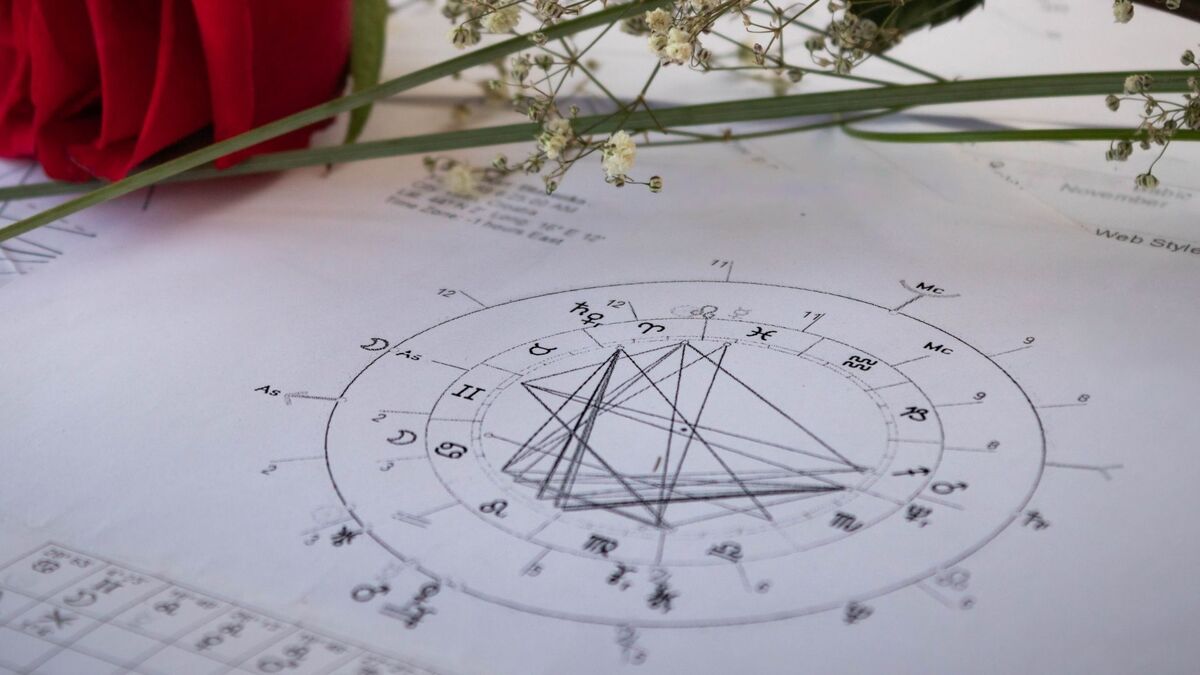
The Astrological Houses represent the sectors of our life, when they are related to the signs we have a lens on how things in that area will be interpreted. When the houses are related to the planets we will have more instinctive desires to react. Many planets in the houses indicate many influences, many emotions in a certain sector of life.
Moreover, the planets form aspects between themselves and the energies formed also act in the houses where it is present. Thus, a very inhabited house will suffer more astral influence than others that do not have any planet. In an astral analysis consultation, the most inhabited houses will have more attention, precisely because they have a greater complexity of interpretation.

